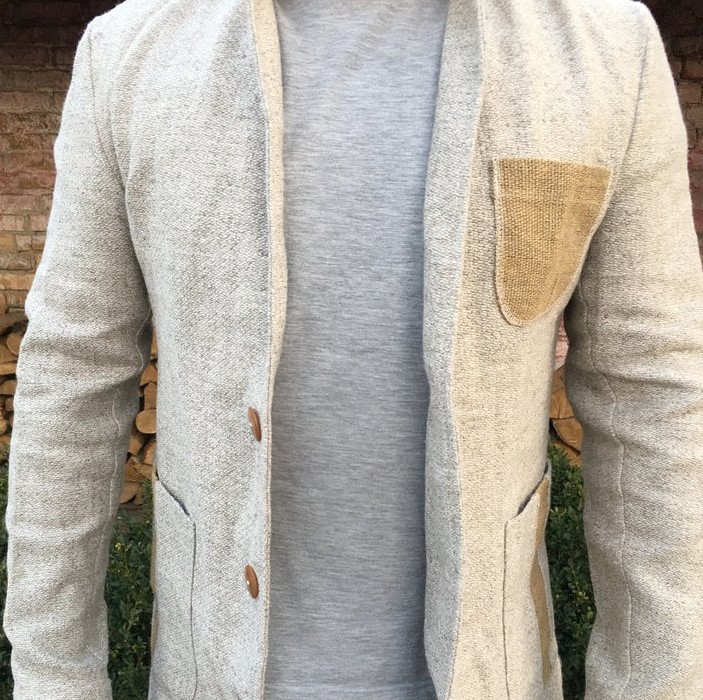Top Reasons On Choosing Hemp Clothing
Wiki Article
What Are The Benefits Of Low Impact Hemp Fibre Clothing That Is Sustainable?
The hemp clothing made of low-impact fiber has numerous environmental benefits in comparison to clothes made of other materials, including synthetic fibers and cotton that is conventional. Hemp clothing comes with a variety of environmental benefits. It grows rapidly and requires minimal water, herbicides or pesticides. Hemp thrives in a wide range of kinds of soils and climates. This helps reduce the use of chemical pesticides in agriculture.
Reduced water consumptionLower Water Consumption Hemp typically uses significantly less water than conventional cotton, which is renowned for its high water consumption. This makes hemp a efficient choice for production of clothing.
Hemp is often produced without synthetic pesticides herbicides, or other chemicals. This reduces the ecological impact of chemical agriculture.
Hemp is beneficial for the health of soil. The deep roots of the plant prevent compaction and erosion. Hemp cultivation also improves the soil for future crops.
Biodegradability Hemp fibers are biodegradable and they degrade in time. They can reduce the environmental impact of textile waste. In contrast, synthetic fibers such as polyester may require hundreds of years to decompose.
Low carbon footprint - Hemp fibers have a lower carbon footprint than synthetic materials. Hemp is also a carbon sink, as it can absorb CO2 from the air while growing.
Hemp clothing's durability and long-lasting are well-known. Hemp clothing of high quality will last for a long time. This eliminates the need to replace it frequently and also waste.
Hemp plants are naturally intolerant to pests. This means that there is less need for pesticides.
Hemp is an incredibly versatile textile which can be utilized to create clothing, bags or other accessories.
Regenerative Agriculture. Some sustainable farming practices include hemp in regenerative farming systems that aim to improving and restoring ecosystems while growing crops. This method could have positive impacts on the natural environment.
The process of dyeing, the transportation as well as consumer behavior all have an impact on the overall sustainability. In all industries there are differences in the production practices and standards. To maximize environmental benefits, it's best to choose hemp clothing made from organic and sustainable sources. Follow the most popular koraoutdoor.com outdoor clothing for website advice including hemp sportswear, patagonia hemp island pants, patagonia iron forge jacket, hoodlamb jacket, patagonia ranch jacket, nomad hemp clothing, hemp textiles, women's all seasons hemp canvas bomber hoody jacket, patagonia hemp island pants, organic hemp hoodie and more.

What Is The Secret Behind Hemp's Thermoregulating, Moisture-Wicking And Breathable Properties?
Hemp fibers have unique chemical and structural characteristics which make them breathable, moisture-wicking, and thermoregulatory. These properties result from the following factors. Microscopical structure Hemp is distinguished by hollow, porous fiber that allows air to flow through it. Natural porosity is what makes hemp textiles so breathable. When they are knitted or weaved into fabric, this structure allows air to circulate through the fabric, which promotes ventilation and prevents the accumulation of moisture and heat onto the skin.
Hemp Fibers absorb moisture and Wicking- Hemp fibers are hydrophilic. This means they have a strong affinity to water. They can also easily absorb moisture. Wearing hemp-based clothing can help absorb sweat and moisture, which can keep you from feeling wet. The hemp fibers also help to wick water away from your body by spreading the moisture across large areas that lets it evaporate more quickly. In the course of physical activity and in extreme temperatures, this ability to wick moisture ensures you stay dry and comfortable.
Hemp fibres have natural insulation properties. In cold temperatures, they hold heat close to your body and offer warmth. In hot weather they help to cool you down by allowing excess moisture and heat to escape. Because of their thermoregulatory characteristic, hemp clothes can be worn for many different temperatures and types of activities.
Anti-Microbial properties- Hemp fibers have natural antimicrobial qualities that help inhibit the growth of bacteria that cause odor. This characteristic helps to keep hemp clothing clean and free of odors even after prolonged physical activity.
Hemp fibers are long-lasting and are durable. That means hemp clothes can be able to withstand repeated washing and wear without losing breathability or the ability to wick moisture. This durability increases the life of hemp clothing. This reduces the need for replacements as well as the impact on the environment.
UV Protection- Hemp fibers provide a amount of natural UV protection, protecting the skin from harmful ultraviolet radiation. Being able to block UV rays make hemp clothing suitable for outdoor activities.
It is important to remember that these characteristics are inherent to hemp fibers and are not dependent on chemical treatment or other additives. Hemp is a naturally-occurring fibre with a variety of qualities that make it a suitable and sustainable for clothing. This is particularly true for outdoor wear, activewear and warm-weather clothes. These characteristics are also maintained when hemp fibers transform into textiles. This makes them the most sought-after materials for eco-friendly clothing. Take a look at the top hemp clothes hints for more tips including nomad hemp wear, hemp apparel wholesale, hemp pants womens, patagonia double knee pants, hemp apparel, patagonia ranch jacket, hemp hoodie, 100 hemp t shirt, hemp tees, hemp tee shirts and more.

What Are The Benefits Of Bamboo Clothing In Terms Of Comfort And The Environment?
Bamboo clothing is an excellent choice for comfort as well as the environmental.
Softness Bamboo fabric is renowned for its extraordinary softness. It's silky and smooth to the touch. Bamboo clothing can be extremely smooth, which is why it is a preferred choice for intimate apparel.
Bamboo fibers are known for their ability to wick moisture and they are breathable. They are made up of micro-gaps, which allow air to circulate which keeps your body cool and comfortable during hot temperatures. Moisture wicking aids in drawing sweat off your skin.
Bamboo clothing has great properties to regulate temperature. Bamboo clothing can help keep your body warm in colder temperatures by capturing warmth close to your body. In hot weather, bamboo clothing can keep you cool by allowing the heat and moisture to be able to escape. Because bamboo is able to adapt to a range of temperatures, it's suitable for any season.
Hypoallergenic Bamboo fabric is hypoallergenic. It is also gentle on sensitive skin. It is less likely to cause allergies or irritation, making it a comfortable choice for individuals who suffer from skin sensitivities or allergies.
Bamboo fibers are naturally antimicrobial substances that aid in preventing the growth and spread of bacteria that cause odor. This feature helps to maintain the freshness and freshness of bamboo clothing even when you are doing physical exercises.
Environment-
Sustainability- Bamboo can be an eco-friendly and renewable resource. It is among the fastest growing plants and requires a small amount of water. There are no herbicides, pesticides, or other chemicals are needed to cultivate it. Bamboo is harvested, and it will regenerate itself from its roots.
Bamboo is water efficient by nature. It can be grown without irrigation, and is typically planted with rainwater only. This minimizes the negative environmental impact of water consumption in agriculture.
Biodegradability. Bamboo clothes are biodegradable. They naturally decompose as time passes. This property decreases the accumulation in landfills of nonbiodegradable materials.
Carbon Sequestration. Bamboo can be utilized to capture CO2 in its rapid growth. Bamboo can serve as a carbon sink to assist in the fight against climate change.
Chemical Reduction Bamboo fabric is manufactured with fewer chemical treatments than other fabrics. This reduces the environmental impact of textile production.
Closed Loop Production Certain bamboo fabrics are manufactured using closed loop systems that make use of recycled chemicals as well as water, thus reducing the amount of the amount of waste.
It's crucial to know that the impact on the environment of bamboo clothing can vary depending on the specific manufacturing process and whether the bamboo utilized is made from sustainable and sustainably managed bamboo forests. Bamboo clothing produced according to eco-friendly practices will provide the most environmental benefits. Read the top bamboo clothing examples for site info including bamboo t shirts wholesale, bamboo athletic wear, bamboo twirl dress, bamboo polo shirts, bamboo jeans, yala pajamas, bamboo sweater, bamboo mens shirts, faceplant pajamas, bamboo ladies clothing and more.
